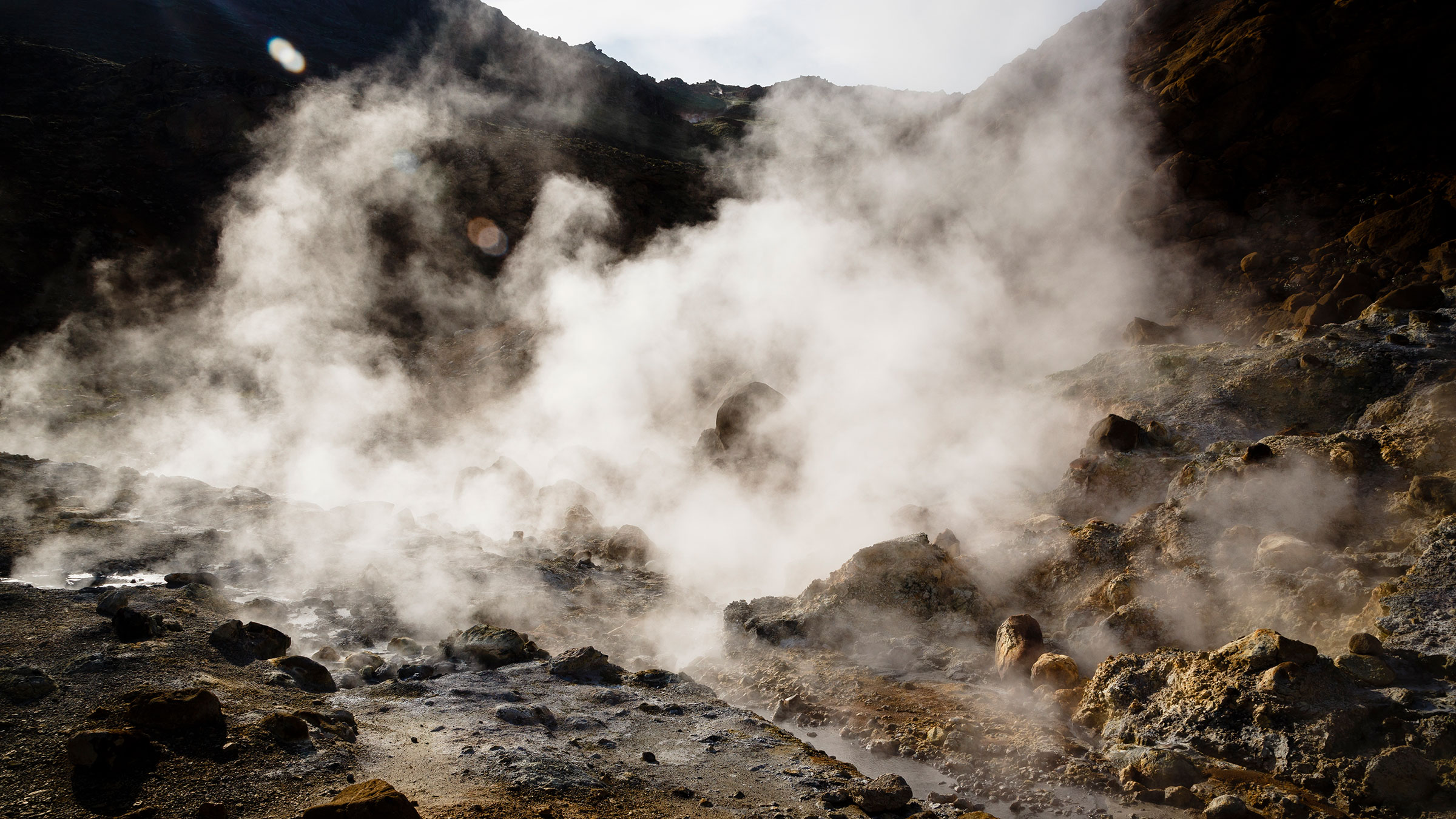Climate impact
Geothermal energy provides 29% of electricity and most of the heat in Iceland. While the production heat has remained relatively stable over the past decades, power production has grown by 11% a year in 2001–13.
If other countries with significant geothermal potential were to achieve the same growth rate, the global production of geothermal power would increase by 60 TWh in 2025 and 150 TWh in 2030. After including the CO2 emissions from geothermal power this would result in a net emission reduction of 55 Mt in 2030.

Success factors
Geothermal energy provides a stable source of power. It can therefore act as a good baseload complement to variable renewables. The technology also requires less land area than practically any other renewable energy source and in most cases does not have a significant impact on ecosystems.
Iceland has an exceptionally high geothermal potential relative to the size of its population. In 2013, Iceland produced 7.3% of geothermal electricity and a remarkable 75% of geothermal delivered heat in the world.
Iceland has traditionally met most of its electricity needs through hydropower, but during the 2000s has expanded geothermal power generation on a large scale. Geothermal electricity generation in 2013 was 5.3 TWh, while it is estimated that 10–30 TWh could be generated sustainably with current technology. Government initiatives include low-cost and guaranteed loans for exploratory drilling, as well as funding of demonstration projects and research.
“Geothermal power production requires very little land and has very few ecological impacts.”
Costs
The abatement cost is estimated at 5.5 $/tCO2 in 2030. The total abatement costs are $304 million in 2030.


Co-benefits
Geothermal power provides several co-benefits, such as
- cutting harmful air pollution
- reducing fuel imports
- improving energy security
Barriers and drivers
Geothermal power requires significant investments, but can provide a relatively stable power source for a long time. That is why it would benefit from predictable power-purchasing arrangements such as power purchasing agreements (PPAs).
If laws about ownership of underground resources are not clear or above-ground land owners have effective veto power, geothermal power plants can face legal obstacles. Reforming legislation to ease the use of geothermal resources can remove the biggest hurdles.
Geothermal power is economically most attractive in areas that are geologically active, such as Iceland, Indonesia and New Zealand. In other areas geothermal production would require drilling very deep wells, which would rely on experimental technology and increase costs.
